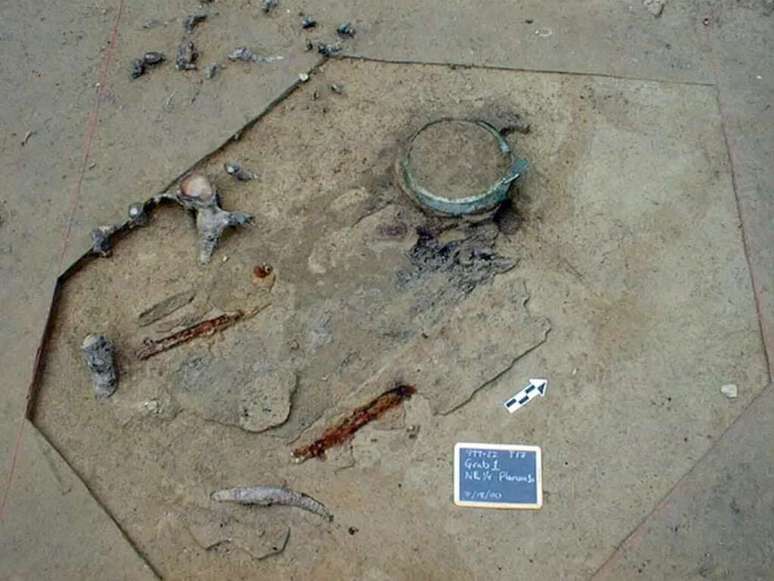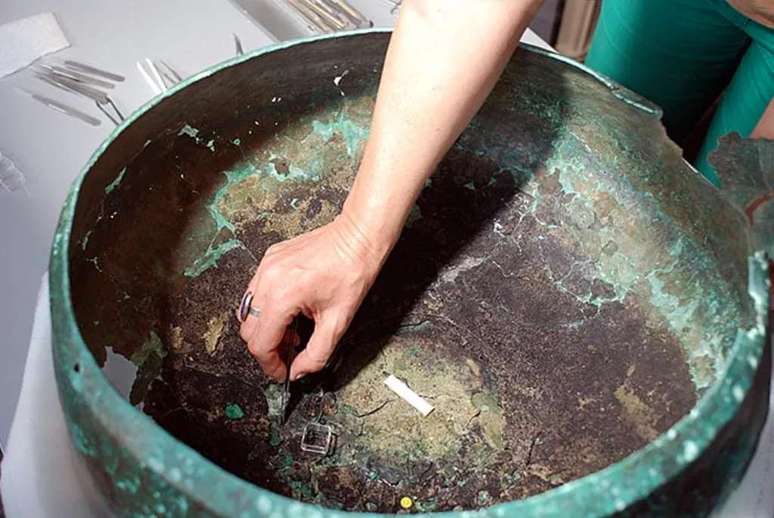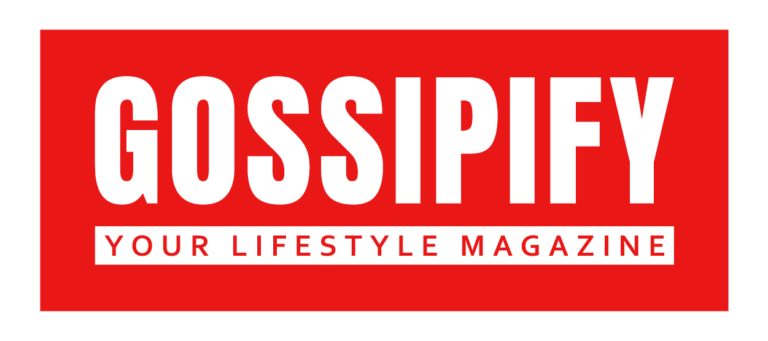A 2,500-year-old alcoholic drink has been tasted again thanks to the recreation of scientists, who have found residues of mead in an ancient German grave
Scientists from the University of Wisconsin-Milwaukee in the USA managed to recreate a alcoholic beverage of 2,500 years ago, based on an archaeological discovery in Germany – this is a very ancient type of mead, the remains of which could be gleaned from a cauldron buried next to an important figure of the Iron Age.
- The scientist reproduces the oldest beer in the Americas, from 1566
- Drinking alcohol in moderation can lead to cognitive decline, according to one study
The discovery of alcohol The oldest occurred in 2000, when Bettina Arnold, an archaeologist and anthropologist at the American University, was excavating a shell mound – a tomb built on an earthen mound – at an archaeological site in southern Germany, in a region called Swabia . It is estimated that the site was built between the 7th and 5th century BC, and the current skeleton had long since decomposed, given the high acidity of the soil.

Carrying the cup to the grave
As the grave contained a helmet, two long spears and an iron sword, it is suspected that it was the resting place of a man. However, the greatest treasure was not the weapons, but the large bronze cauldron used to store the mead. The object contained 14 liters of alcohol, which, according to belief at the time, could be used to raise the subject’s status in the afterlife to the level it occupied in life.
A dark residue on the bottom of the container revealed, in laboratory analysis, its exact content: a honey-based alcoholic drink, with traces of two herbs used to improve the flavour, filipendula and mint. This suggests the presence of braggot, a type of mead made from five ingredients: barley, mint, honey, filipendula and yeast.
What does Millennial Mead taste like?
More than 20 years after the discovery, therefore, the responsible scientists have been trying to recreate the millennial drink with the help of a local brewery. The result, the creators warn, is not something that pleases today’s masses. It is a drinkable drink, to be sure, but tarter than what we are used to, described as “a dry port wine, soft and pleasant, but with a strong herbaceous, mentholated and decidedly alcoholic taste”.

Note, of course, that the “modern” version of drinking it is cleaner than the prehistoric one, but still surprising for its characteristic flavour. Continuing with the description, the drink is first presented on the palate with mint, followed by the filipendula candy, with honey barely appearing in the flavour, since it almost completely becomes alcohol. the content alcohol exceeded 8%. While adding more honey towards the end of the preparation might make the braggot more palatable, the scientists decided to let the original recipe prevail.
In the end, the responsible brewers believe that a drink like this would not sell nowadays, giving up production, but they point to the technological character we currently have for the power to recreate such a primitive recipe.
Since other researchers have not yet analyzed the manufacturing technique, there is no published scientific work on the case, so the accuracy of the reproduction cannot be defined.
Source: University of Milwaukee, NPR
Trending on Canaltech:
- After the coronal mass ejection, the solar storm could reach Earth
- The most venomous spider in the world is caught in Santa Catarina
- The comet is approaching after 80,000 years and could eclipse Venus in the sky
- The alleged “rain of worms” in China goes viral on the networks; what would have happened?
- Where to watch Oscar nominated films 2023
- Fla x Flu | How to watch the Serie A derby live?
Source: Terra
Rose James is a Gossipify movie and series reviewer known for her in-depth analysis and unique perspective on the latest releases. With a background in film studies, she provides engaging and informative reviews, and keeps readers up to date with industry trends and emerging talents.






